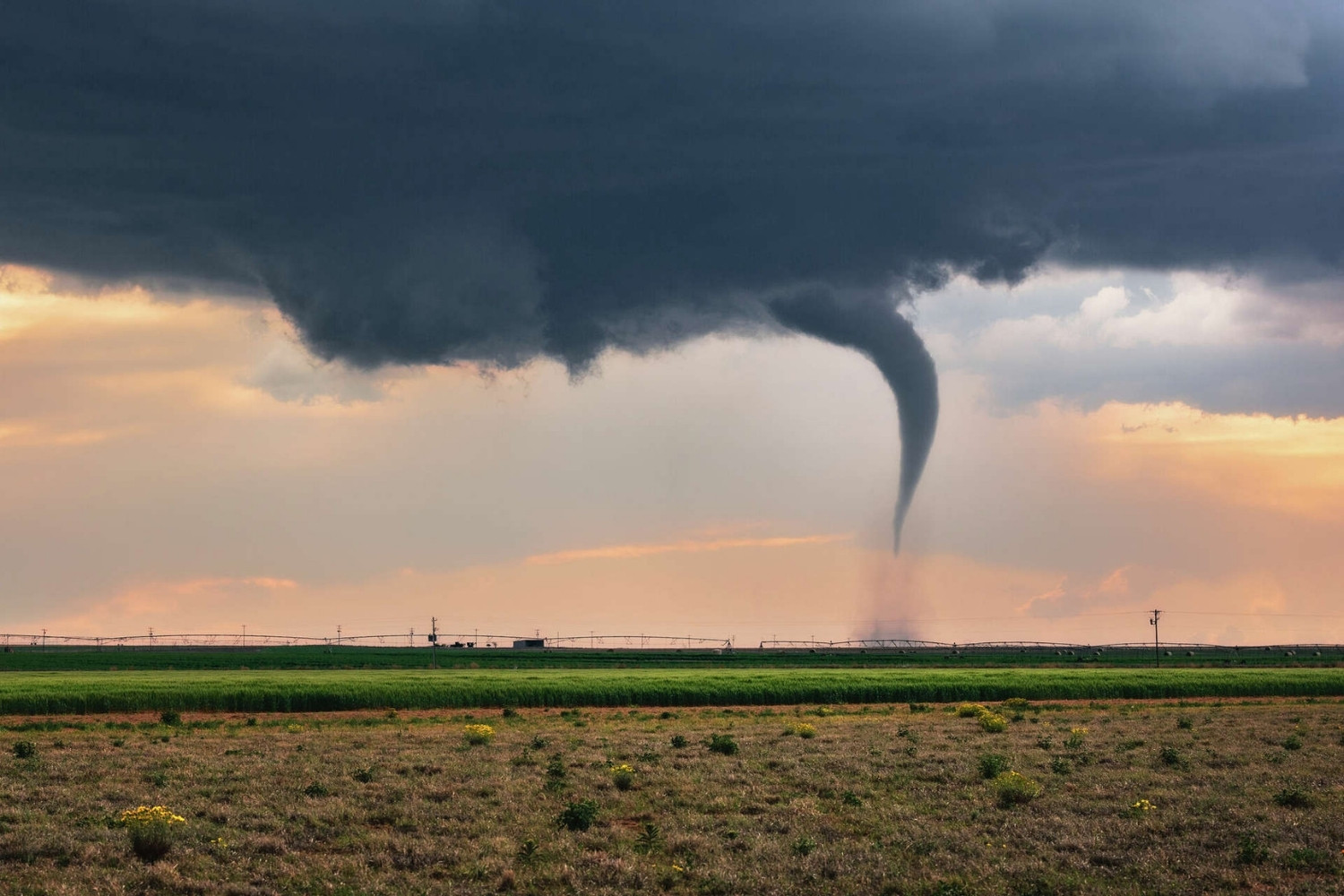
Did you know the Lubbock Tornado of 1970 was one of the deadliest in Texas history? This devastating event struck on May 11, 1970, leaving a trail of destruction and changing the city forever. With winds reaching up to 200 mph, the tornado caused significant damage, resulting in 26 fatalities and over 1,500 injuries. The aftermath saw the implementation of improved building codes and emergency response systems. This tragic event also led to advancements in meteorology, helping scientists better understand tornado behavior. Curious about more details? Here are 20 facts that shed light on the impact and legacy of the Lubbock Tornado.
The Lubbock Tornado: A Historical Event
The Lubbock Tornado of 1970 remains one of the most significant weather events in Texas history. This devastating tornado left a lasting impact on the city and its residents. Here are some fascinating facts about this historic event.
-
The Lubbock Tornado struck on May 11, 1970, causing widespread destruction in the city.
-
It was classified as an F5 tornado, the highest rating on the Fujita scale, indicating incredible wind speeds and damage potential.
-
The tornado's path was approximately 8.5 miles long and 1.5 miles wide at its peak.
-
This deadly storm resulted in 26 fatalities and over 1,500 injuries, making it one of the deadliest tornadoes in Texas history.
-
The tornado caused an estimated $250 million in damages, equivalent to over $1.6 billion today when adjusted for inflation.
The Science Behind the Storm
Understanding the meteorological aspects of the Lubbock Tornado helps us grasp its severity and impact. Here are some scientific insights into this powerful storm.
-
The tornado formed from a supercell thunderstorm, a type of storm known for producing severe weather, including tornadoes.
-
Meteorologists believe the tornado's rotation was influenced by a phenomenon called "mesocyclone," a rotating updraft within the storm.
-
The storm system that produced the tornado also brought heavy rain and hail, exacerbating the damage in Lubbock.
-
Radar technology in 1970 was not as advanced as today, making it challenging to predict and track the tornado's path accurately.
-
The Lubbock Tornado's wind speeds were estimated to exceed 200 miles per hour, capable of leveling well-built structures.
The Aftermath and Recovery
The aftermath of the Lubbock Tornado saw the community coming together to rebuild and recover. These facts highlight the resilience and efforts of the people of Lubbock.
-
In the wake of the tornado, the National Guard was deployed to assist with rescue and recovery operations.
-
The city of Lubbock received federal disaster assistance to aid in rebuilding efforts.
-
Many buildings in Lubbock were rebuilt with improved construction standards to withstand future tornadoes.
-
The tornado led to significant advancements in tornado research and forecasting, contributing to better preparedness for future storms.
-
A memorial was erected in Lubbock to honor the victims and commemorate the event, serving as a reminder of the community's strength.
Personal Stories and Impact
The Lubbock Tornado left a profound impact on the lives of those who experienced it. Here are some personal stories and reflections from that fateful day.
-
Many residents recall the eerie calm before the storm, followed by the deafening roar of the tornado.
-
Survivors described the sky turning an unusual greenish color, a common phenomenon associated with severe storms.
-
Families took shelter in basements, storm cellars, and interior rooms, which saved many lives.
-
Local radio stations played a crucial role in disseminating information and coordinating rescue efforts during and after the tornado.
-
The community's spirit and determination to rebuild Lubbock stronger than before remain a testament to their resilience.
The Lasting Impact of the Lubbock Tornado
The Lubbock Tornado of 1970 left a mark on the city and its residents. This devastating event reshaped Lubbock's landscape, prompting changes in building codes and emergency preparedness. The tornado's destruction led to advancements in meteorology, including better warning systems and research into tornado behavior.
Survivors' stories and the community's resilience highlight the human spirit's strength in the face of disaster. Memorials and annual commemorations ensure that the lessons learned and lives lost are never forgotten.
Understanding the Lubbock Tornado's impact helps us appreciate the importance of preparedness and community support during natural disasters. This tragic event serves as a reminder of nature's power and the need for ongoing vigilance and innovation in weather forecasting and emergency response.
Lubbock's recovery and growth since the tornado stand as a testament to the city's resilience and determination.
Was this page helpful?
Our commitment to delivering trustworthy and engaging content is at the heart of what we do. Each fact on our site is contributed by real users like you, bringing a wealth of diverse insights and information. To ensure the highest standards of accuracy and reliability, our dedicated editors meticulously review each submission. This process guarantees that the facts we share are not only fascinating but also credible. Trust in our commitment to quality and authenticity as you explore and learn with us.
